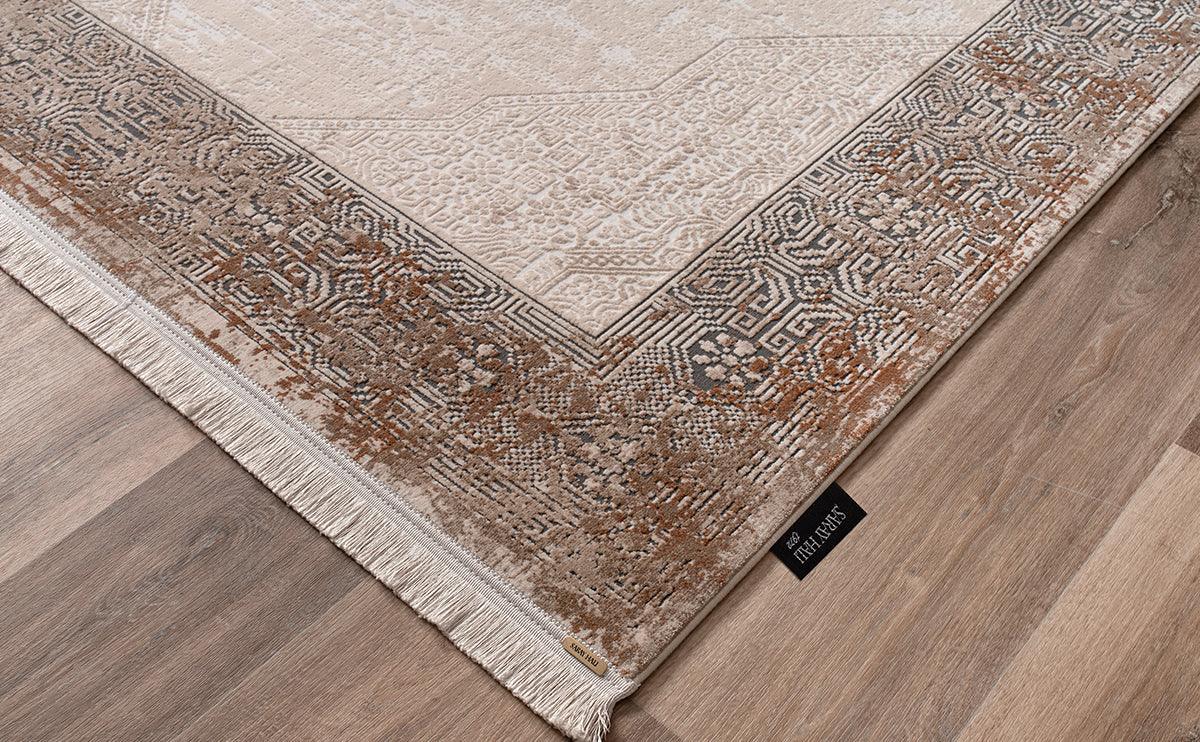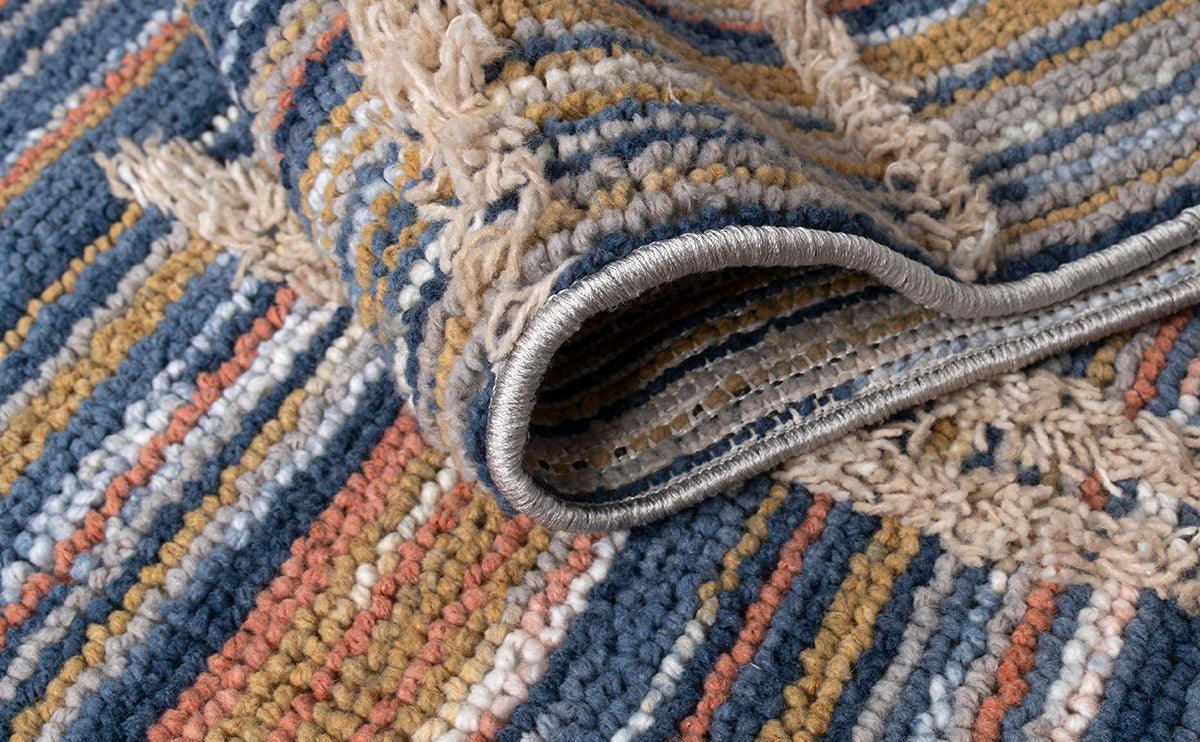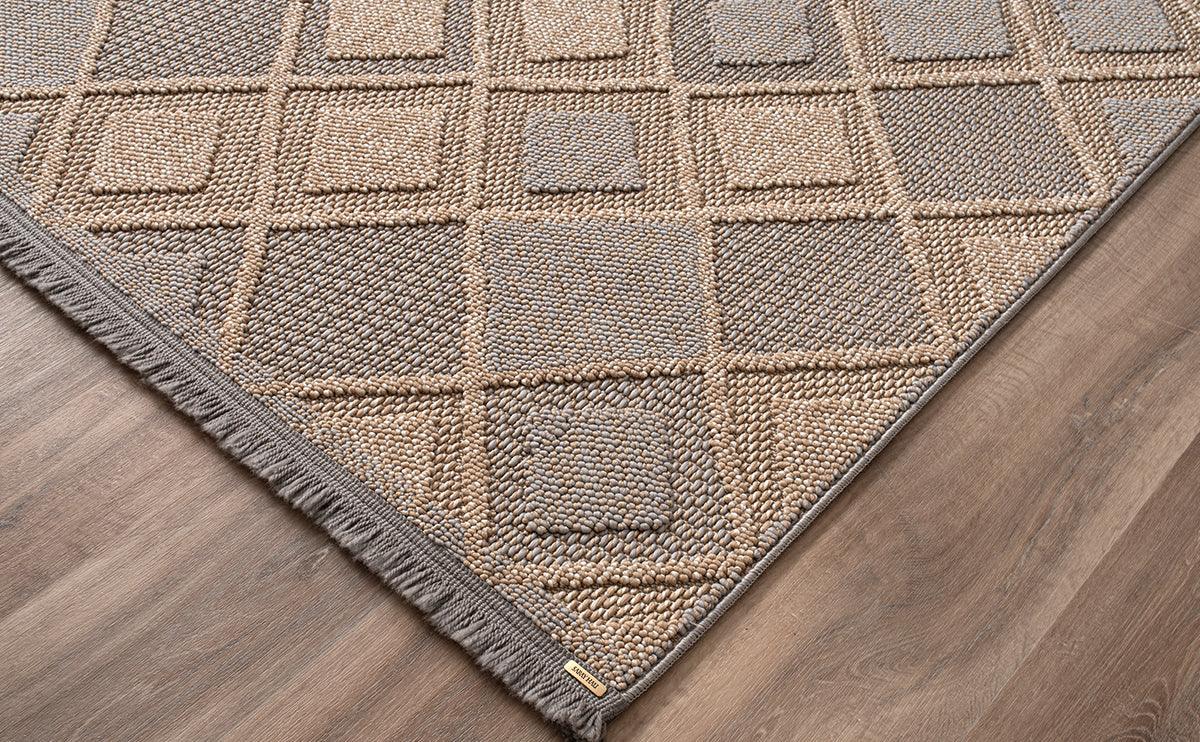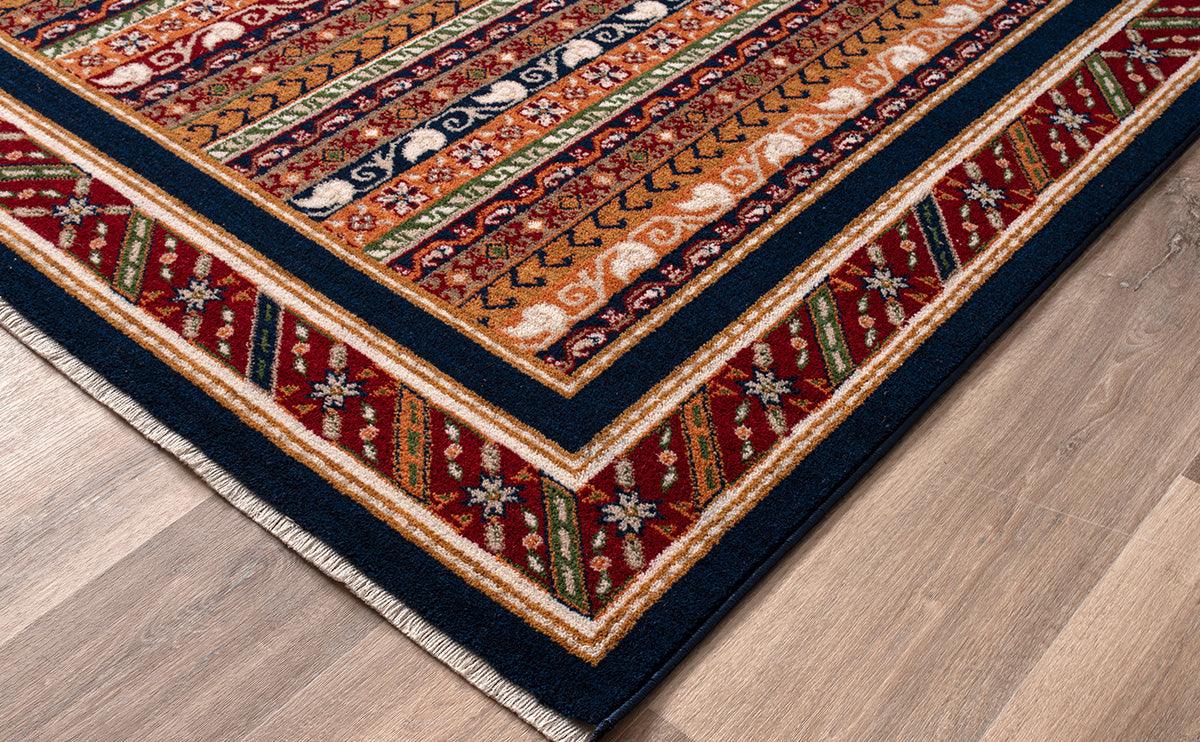Anti-allergic carpets make life more livable for people with health issues like allergies and asthma. These innovative flooring products play an important role in protecting the health of homes and workplaces. In this blog post, we will examine the science behind anti-allergic carpets and how these products make a difference.
Anti-allergic carpet is produced using special materials that do not absorb or hold allergens. This ensures that dust mites, pollen and other allergen particles remain on the surface. It prevents particles from dispersing through the air and entering the body through breathing. It significantly improves indoor air quality, especially for allergic and asthmatic patients.
One of the main materials used in the production of anti-allergic carpets is microfiber technology. Microfibers are thin and dense enough to hold allergen particles tightly. In this way, the mixing of allergens into the air during carpet cleaning is reduced. It is easy to clean. Regular vacuuming and wiping with a damp cloth also removes allergens.
Another important feature is that these carpets undergo antibacterial and antimicrobial processes. These processes prevent the growth of bacteria and microbes on the surface of the carpet. It does not create microorganisms that can cause allergic reactions and respiratory infections. It provides extra protection, especially for homes with children and pets.
Anti-allergic carpet, are made from sustainable and environmentally friendly materials. Some of these products are made from natural fibers or recycled materials, making them an ecologically preferable option.
In conclusion, anti-allergic carpets are an innovative solution that improves the quality of life of allergy and asthma patients and improves indoor air quality. These carpets are an indispensable part of modern living spaces with their health, cleanliness and environmentally friendly features.




